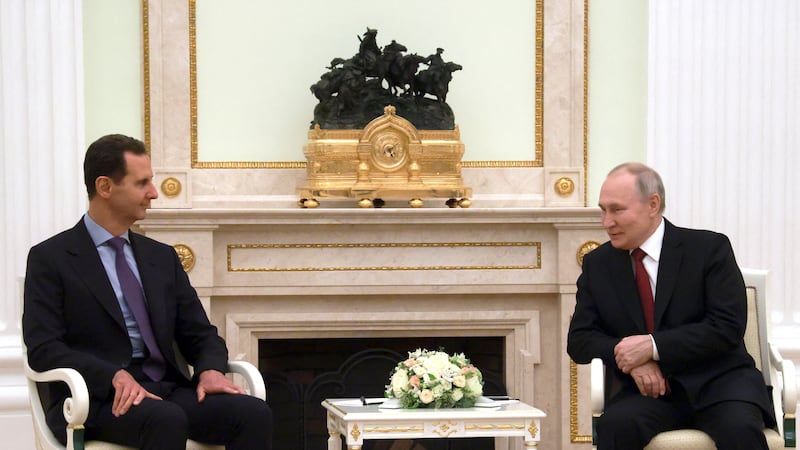The body of a third construction worker who died in the catastrophic collapse of the Francis Scott Key bridge in Baltimore was found Friday morning, officials said.
The man, identified as Maynor Yasir Suazo Sandoval (38), was discovered by divers, according to a release from local authorities.
“The collapse of the Key Bridge is undoubtedly one of the most challenging tragedies we have faced as a law enforcement agency,” Roland L Butler Jr, superintendent of the Maryland state police, said in a statement announcing the recovery. “Along with our local, state and federal public safety partners, we will not give up.”
Suazo Sandoval’s body was found at about 10.30am, officials said, just hours before US president Joe Biden visited the site of the disaster and met victims’ families. The bodies of three more victims have yet to be recovered more than a week after the bridge collapsed into the Patapsco river.
RM Block
“While I take solace in knowing this brings us one step closer to closure, my heart continues to be with all the families still waiting anxiously for their loved ones,” mayor Brandon Scott said in a statement.
The men were part of a construction crew working on the Baltimore roadway before dawn on March 26th when a cargo ship rammed into the bridge. Two workers survived the destruction, but six disappeared into the water. They were presumed dead by the evening.
A day later, two of their bodies were found inside a red pickup underwater, but efforts to locate the other victims have been severely hampered by the underwater wreckage.
Divers have been sifting through the ruins of the bridge, but they can barely see 2ft in front of them as they navigate heaps of mangled steel and piles of crumbled concrete in murky water. With help from sonar renderings, they are working to survey and salvage the wreckage to ultimately clear the channel – a daunting project, of which recovering victims is only one part.
Still, “the recovery is not an afterthought,” Estee S Pinchasin of the Army Corps of Engineers said at a news conference Thursday. “It’s integrated in that plan.”
The six men who died have been named by authorities, relatives or advocacy organisations. In addition to Suazo Sandoval, who was from Honduras, the victims were Jose López, who was in his 30s and from Guatemala; Alejandro Hernandez Fuentes (35) from Mexico; Carlos Hernández (24), from Mexico; Dorlian Ronial Castillo Cabrera (26) from Guatemala; and Miguel Luna, who was in his 40s and from El Salvador. The bodies of Fuentes and Cabrera were recovered March 27th.
The men were working late at night to ensure that thousands of other Marylanders could use the Key Bridge to commute to their own jobs. “And they never came home,” said Lucía Islas, a community leader and president of Comité Latino de Baltimore, a non-profit that assists the Hispanic community.
In the days since the collapse, friends and relatives of the victims have been preoccupied with unanswered questions, said Donna Batkis, a clinical social worker in Baltimore who has helped the victims’ families.
[ Baltimore bridge became world famous from the moment it ceased to existOpens in new window ]
The families of the men whose bodies have not been found have been left to wonder where their loved ones are. “Waiting is a very hard space to be in,” Batkis said.
Governor Wes Moore has repeatedly promised to support the grieving families. “We will continue to stop at nothing,” he said at the Thursday news conference, “to give these families the closure that they need.” – This article originally appeared in the New York Times



















